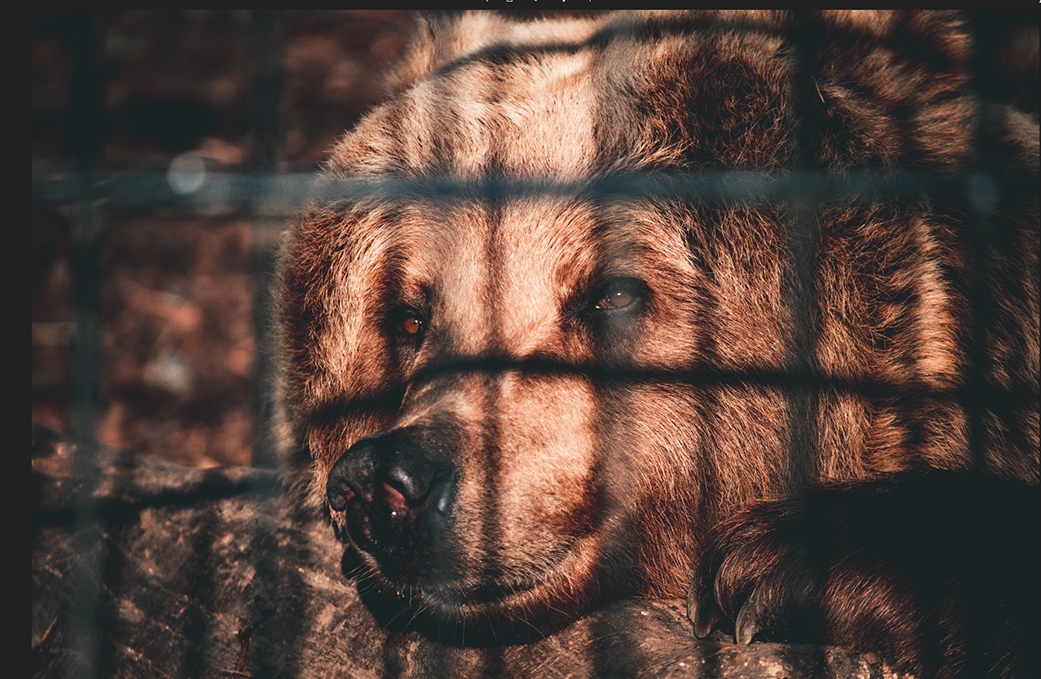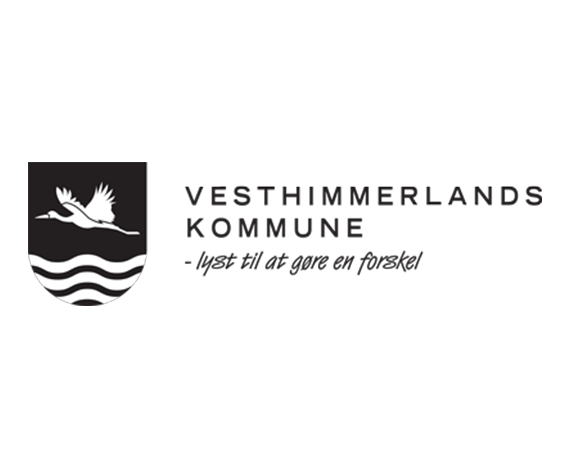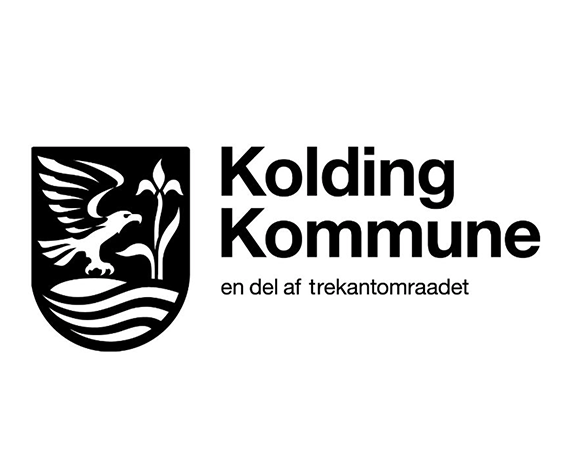Om projektet
Passionate non-profit wildlife and nature conservation photographer in need of new camera.Hello dear you and thanks for taking the time to read this.
I'm a passionate 31 -year-old photographer, who likes to use his photographs to raise awareness towards the importance of wildlife and nature conservation. Since childhood I always felt a great love for animals and the wonders of the natural world around us. So it made sense that when I started getting into taking pictures, I would steer towards this very subject. I quickly realized that I could also use my pictures as a voice for those that don't have one for themselves, and since then Iv'e taken any chance I could to tell the story that i feel strongly needs telling.
Why a new camera?Be it for one hour or five, it helps me forget and lets me be swept up in the beauty of the world around me, while also giving me the chance to share the importance of this beauty with the world afterwards.
I don't sell my pictures or make any money from them.
It's my passion and I hope that the small ripples I cast out with pictures and information, might grow and make a difference.
Minor or major, doesn't matter - As long as I'm doing something.
Problem is, that my current camera ( A Nikon D3200 ) is 7 years old and reaching the end of its life. The internal motors and parts of the camera are going to fail soon because of the high shuttercount (amount of pictures the camera has taken)
What do you need?By no means am i asking for a top of the line new crazy camera!
If my goal is reached I will buy a good and rugged 2nd hand used camera, that has a good amount of years left in it, which can be used with the two lenses that I already have, to keep costs down.
Thank youSupport me or not, whichever you choose, I would just like to say thank you for reading, and please remember to try doing your part (however small) in making this a better world for the wonderful creatures and nature around us.
Thank you
- Luke S.
Please enjoy some of these pictures i took.

It is estimated that there are 415,000 elephants left on the African continent.
The population of Asian elephants has declined 50 percent over the past three generations and are still declining. It is estimated that between 40,000 and 50,000 remain in the wild And there are only between 2,400 and 2,800 Sumatran elephants remaining

Covering more than 70 percent of our planet, oceans are among the earth’s most valuable natural resources. They govern the weather, clean the air, help feed the world, and provide a living for millions. They also are home to most of the life on earth, from microscopic algae to the blue whale, the largest animal on the planet. Yet we’re bombarding them with pollution. By their very nature—with all streams flowing to rivers, all rivers leading to the sea—the oceans are the end point for so much of the pollution we produce on land, however far from the coasts we may be. And from dangerous carbon emissions to choking plastic to leaking oil to constant noise, the types of ocean pollution humans generate are vast. As a result, collectively, our impact on the seas is degrading their health at an alarming rate.

The baboon's primary predators are humans, cheetahs and leopards. According to the International Union for Conservation of Nature and Natural Resource's Red List of Threatened Species, no baboon species are endangered. All of them are listed as least concern, except for one.
The Guinea baboon is listed as near threatened because it is believed that they may have lost 20 to 25 percent of their home range in the past 30 years. This range loss is due greatly to human farming and hunting.

Look at any ecosystem and there could be multiple forms of contamination—streams full of toxic chemicals from industrial processes, rivers overloaded with nutrients from farms, trash blowing away from landfills, city skies covered in smog. Even landscapes that appear pristine can experience the effects of pollution sources located hundreds or thousands of miles away.
Pollution may muddy landscapes, poison soils and waterways, or kill plants and animals. Humans are also regularly harmed by pollution. Long-term exposure to air pollution, for example, can lead to chronic respiratory disease, lung cancer and other diseases. Toxic chemicals that accumulate in top predators can make some species unsafe to eat. More than one billion people lack access to clean water and 2.4 billion don’t have adequate sanitation, putting them at risk of contracting deadly diseases.

Bear bile is extracted—often continuously and painfully—from the animals' gallbladders and used in traditional medicine in Vietnam, where the illegal practice remains widespread. But consumers are shunning the farmed version in favour of bile taken from the nearly extinct wild bear population, which can cost 12 times more, and farmers can no longer earn what they used to from the illicit trade.
If consumer demand for wild bear gallbladders catches on, it could spell the end for wild bears, which are killed for the sought-after organ.
The trend is also bad news for caged bears, whose owners can no longer afford to keep them alive.
P.s - Feel free to see a selection of my work here
https://500px.com/luke_dk 
 It is estimated that there are 415,000 elephants left on the African continent.
It is estimated that there are 415,000 elephants left on the African continent. Covering more than 70 percent of our planet, oceans are among the earth’s most valuable natural resources. They govern the weather, clean the air, help feed the world, and provide a living for millions. They also are home to most of the life on earth, from microscopic algae to the blue whale, the largest animal on the planet. Yet we’re bombarding them with pollution. By their very nature—with all streams flowing to rivers, all rivers leading to the sea—the oceans are the end point for so much of the pollution we produce on land, however far from the coasts we may be. And from dangerous carbon emissions to choking plastic to leaking oil to constant noise, the types of ocean pollution humans generate are vast. As a result, collectively, our impact on the seas is degrading their health at an alarming rate.
Covering more than 70 percent of our planet, oceans are among the earth’s most valuable natural resources. They govern the weather, clean the air, help feed the world, and provide a living for millions. They also are home to most of the life on earth, from microscopic algae to the blue whale, the largest animal on the planet. Yet we’re bombarding them with pollution. By their very nature—with all streams flowing to rivers, all rivers leading to the sea—the oceans are the end point for so much of the pollution we produce on land, however far from the coasts we may be. And from dangerous carbon emissions to choking plastic to leaking oil to constant noise, the types of ocean pollution humans generate are vast. As a result, collectively, our impact on the seas is degrading their health at an alarming rate. The baboon's primary predators are humans, cheetahs and leopards. According to the International Union for Conservation of Nature and Natural Resource's Red List of Threatened Species, no baboon species are endangered. All of them are listed as least concern, except for one.
The baboon's primary predators are humans, cheetahs and leopards. According to the International Union for Conservation of Nature and Natural Resource's Red List of Threatened Species, no baboon species are endangered. All of them are listed as least concern, except for one. Look at any ecosystem and there could be multiple forms of contamination—streams full of toxic chemicals from industrial processes, rivers overloaded with nutrients from farms, trash blowing away from landfills, city skies covered in smog. Even landscapes that appear pristine can experience the effects of pollution sources located hundreds or thousands of miles away.
Look at any ecosystem and there could be multiple forms of contamination—streams full of toxic chemicals from industrial processes, rivers overloaded with nutrients from farms, trash blowing away from landfills, city skies covered in smog. Even landscapes that appear pristine can experience the effects of pollution sources located hundreds or thousands of miles away. Bear bile is extracted—often continuously and painfully—from the animals' gallbladders and used in traditional medicine in Vietnam, where the illegal practice remains widespread. But consumers are shunning the farmed version in favour of bile taken from the nearly extinct wild bear population, which can cost 12 times more, and farmers can no longer earn what they used to from the illicit trade.
Bear bile is extracted—often continuously and painfully—from the animals' gallbladders and used in traditional medicine in Vietnam, where the illegal practice remains widespread. But consumers are shunning the farmed version in favour of bile taken from the nearly extinct wild bear population, which can cost 12 times more, and farmers can no longer earn what they used to from the illicit trade.




